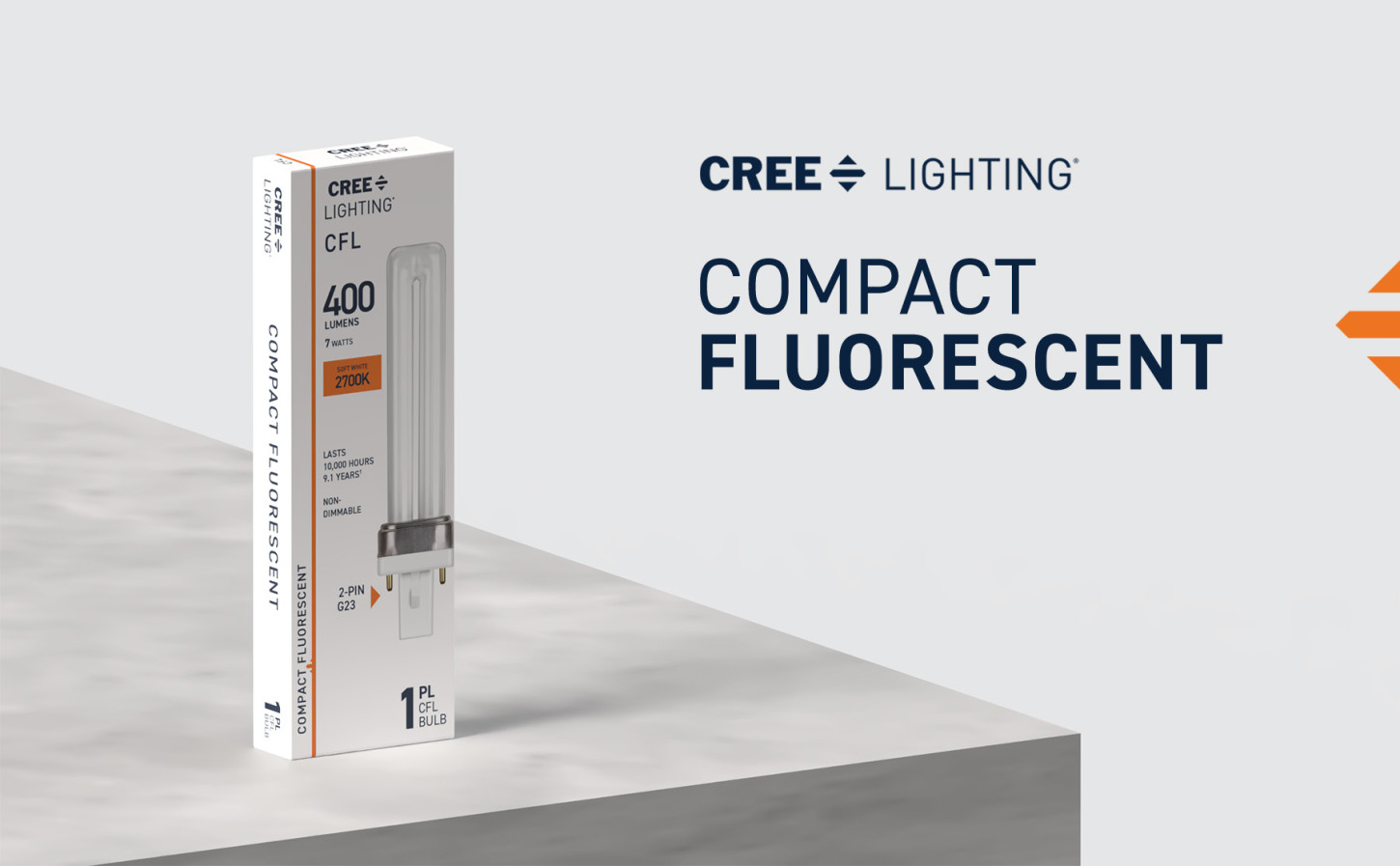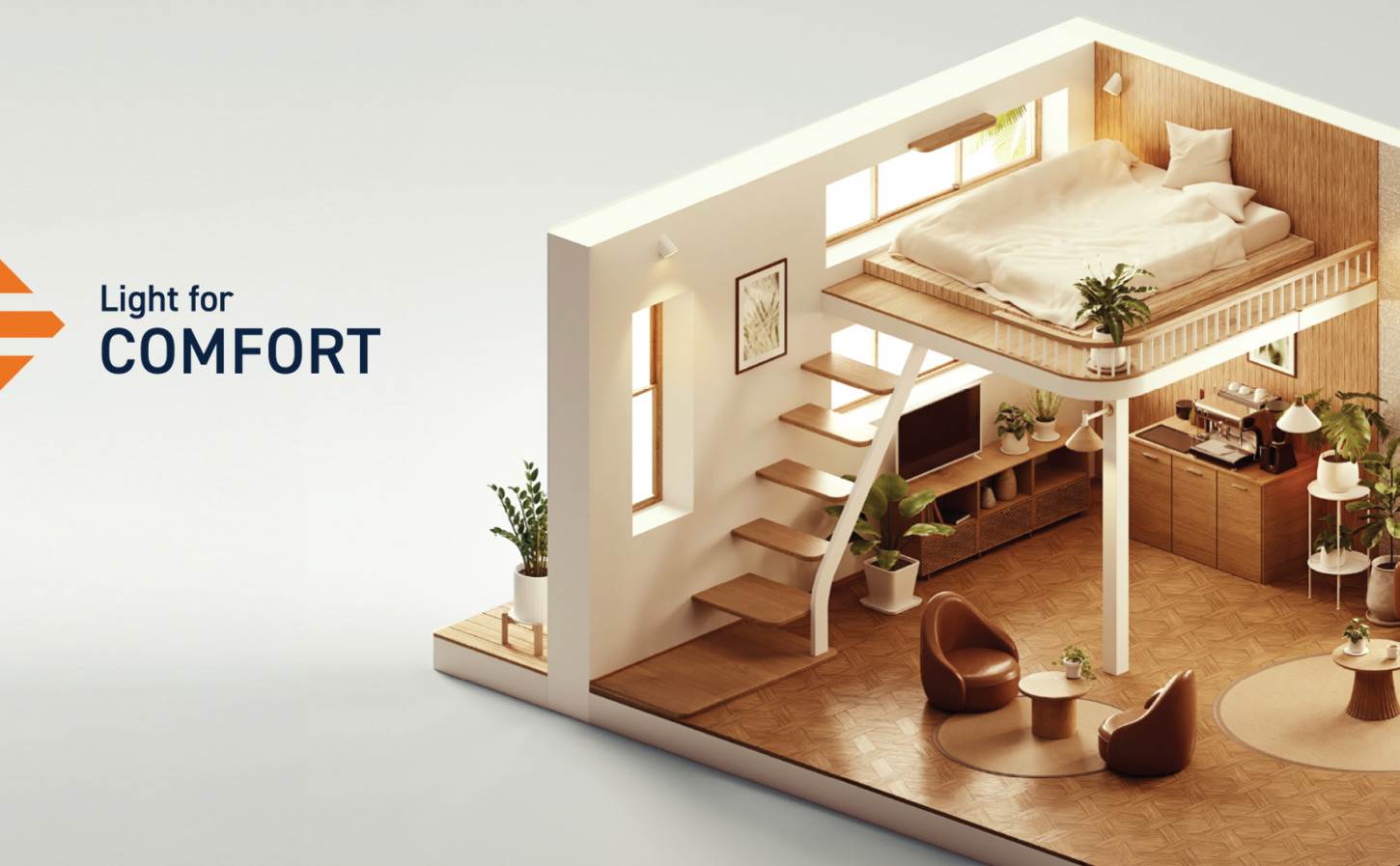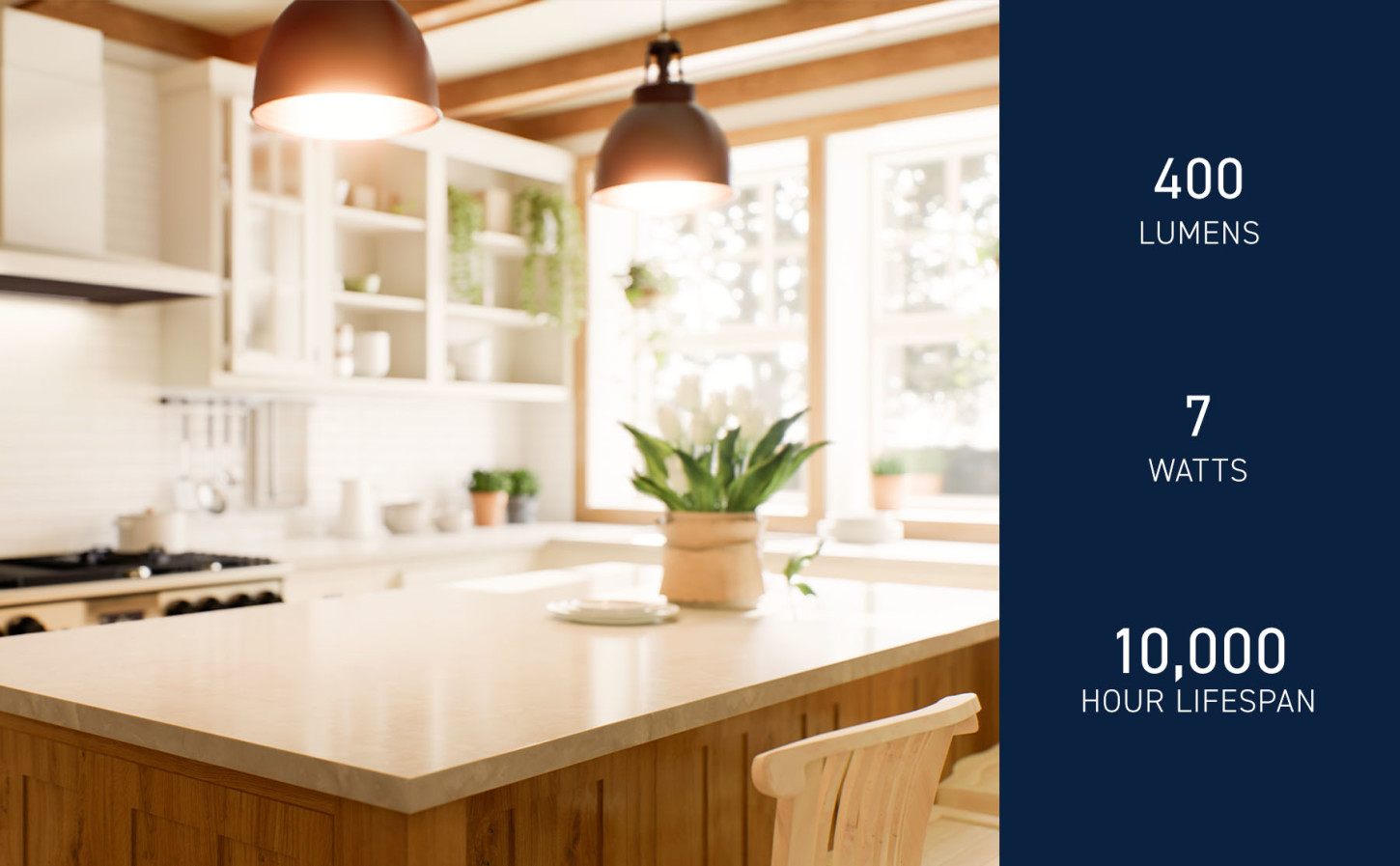






Better Light, Less Power
LEDs (Light Emitting Diodes) are dramatically more energy-efficient than old-school incandescent bulbs. They use a fraction of the power to produce the same—or even better—brightness.
Here’s how wattage stacks up:
| Brightness (Lumens) |
LED Wattage |
Incandescent Wattage |
|---|---|---|
| 450 lm | ~5–8W | 40W |
| 800 lm | ~8–12W | 60W |
| 1100 lm | ~10–15W | 75W |
| 1600 lm | ~14–20W | 100W |
As you can see, LEDs use up to 80% less energy to deliver the same brightness. That’s not just good for your power bill—it’s better for the planet.
Energy Use

Wattage in LED lights refers to the amount of electrical power the light uses, but unlike traditional incandescent bulbs, wattage is not a direct indicator of brightness. LEDs are far more energy-efficient, meaning they use significantly fewer watts to produce the same amount of light. For example, a 10-watt LED bulb can produce the same brightness as a 60-watt incandescent bulb. This efficiency not only reduces electricity bills but also lowers heat output and extends bulb lifespan. When choosing LEDs, it's better to focus on lumens (a measure of brightness) rather than just watts, as this gives a more accurate idea of how much light you'll get.
Brightness

In the past, we chose bulbs based on wattage: a 60W incandescent bulb, for example, was a standard go-to for general lighting. But wattage doesn’t tell you how bright the bulb is—just how much energy it uses. That’s where lumens come in.
Lumens vs Watts: What's the Difference?
· Lumens measure brightness —how much light a bulb emits.
· Watts measure energy consumption —how much power a bulb uses.
Color Redering Index

Color Rendering Index (CRI) is a measurement of how accurately a light source displays the colors of objects compared to how they would appear under natural sunlight.
A high CRI of 90+ indicates that a light source accurately renders colors, making them appear as close to their natural appearance under daylight as possible.
Temperature
In the past, bulbs were chosen mainly by wattage. Today, CCT—Correlated Color Temperature provides a clear way to specify light.
Color Temperature (CCT): The Standard
· Measured in Kelvins (K): Defines the hue of light.
· 2700K–3000K: Warm white, like incandescent lamps, common in homes.
· 3500K–4100K: Neutral white, typical in offices and retail.
· 5000K–6500K: Daylight white, close to noon sunlight, used in workshops and color-critical areas.
Choosing the right CCT ensures consistent, purpose-driven lighting.
Highlights
Brightness
400lm
Energy Use
7W
Color Temperature
2700K
Color Rendering Index
80+
Product Details
Don’t let the small size fool you—this 7W PL CFL bulb packs efficient power into a space-saving shape. Delivering 400 lumens of warm Soft White (2700K) light, it’s the ideal solution for sconces, accent lights, and other fixtures where space is tight but performance matters. The G23 bi-pin base makes installation a breeze, and its long 10,000-hour life means you’ll spend less time on ladders and more time enjoying reliable light. With an 80 CRI for natural-looking tones and just 7 watts of energy use, it’s a smart upgrade that cuts costs without cutting corners. Whether you're lighting a hallway, office nook, or decorative fixture, this non-dimmable CFL gives you dependable illumination built to last.
Benefits
- 400 lumens of Soft White (2700K) light creates a cozy, comfortable glow
- 7W CFL provides bright light in a compact form
- G23 bi-pin base installs easily into compatible enclosed fixtures
- Compact design fits snugly in wall sconces, recessed cans, and ceiling fixtures
- Rated to last up to 10,000 hours, for consistent performance in commercial or residential spaces

















